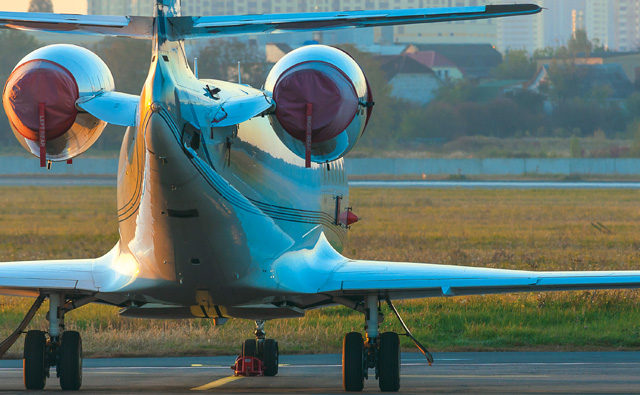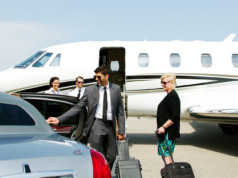
Successful aircraft ownership requires making a series of correct decisions over its tenure, from acquisition to operation to disposition. When the time comes to move to a different aircraft, or to a different mode of lift, allocate enough time to consider all the facts (such as resale market conditions and current regulatory and technology requirements) and all your options. Making fast decisions based on insufficient or inaccurate information, or without expert help, usually is not in your best financial interest.
When you first purchased your aircraft, you likely found and vetted an agent, broker, or acquisition consultant to assist you.
So when you seek to make a change – whether upgrading from your current aircraft’s range or cabin size, or simply trading for a newer model – returning to that same expert can help you ask the right questions to assure a successful transaction. You should expect to discuss:
- Why are you choosing to make a change at this time? Has your travel mission changed? Has there been a change in your business or flying pattern, necessitating more or less capability? Longer or shorter stage lengths? Larger or smaller passenger loads?
- Has your current aircraft come to the end of its useful economic life?
- Is the cost of maintaining your aircraft now more than its asset value? For example, if your $2 million aircraft needs $1 million in maintenance, its current market value may increase only slightly.
When You Upgrade:
- If your aircraft currently is managed, do your present company’s capabilities align with your new mission? For example, if your travel newly includes international flights, you may select a large cabin/long range capable replacement aircraft. You’ll need a management company experienced with international flying, — one that can secure onsite support anywhere in the world at any time. Evaluate the support your current company provides to determine if it will be adequate going forward.
- If your replacement aircraft will be available for charter, and it is a new make/model for your current management company, who pays for its entry into charter service? Can your present team provide you with an effective and seamless transition?
- What are crew considerations? For example, timing crew training is crucial so they can acquire a new type rating, if necessary, before delivery. Plan on training at least a month before delivery of your new aircraft. If the training slot you need is not available, you may need temporary contract crew until yours earns its rating.
- Consider all the financial implications. For example, might a capital lease be a better option than ownership?
- How will timing affect your travel? You’ll either operate both aircraft at the same time for a period, or sell yours before the new one is delivered, thus necessitating supplemental lift for that period.
When You Trade:
- If you are moving from whole aircraft ownership to a fractional share or charter, how will you handle the disposition of your crew?
- If you decide to sell your aircraft, how can you find a reputable organization or broker to handle the disposal? (See “Buying or Selling an Aircraft? First Buy an Expert,” BAA March/April 2015)
- What are the tax implications of your decision? Talk with your tax attorney early in the process so the transaction is beneficial to you. To avoid penalties and to take advantage of tax benefits, have your broker and attorney coordinate the exchange.
While your depreciation schedule may indicate that it’s time to replace your aircraft, current market conditions may make it impossible to obtain and secure your residual value. Changing regulations may require significant additional investment in an aging aircraft. Timing is critical. Asking the right questions of the right aviation advisor can help keep you flying in the right aircraft – at the right price. BAA
Don Haloburdo is VP and General Manager of Jet Aviation Flight Services, Inc. A former U.S. Navy pilot, he has more than 7,100 hours flight time, and serves on NATA’s Air Charter Committee.




